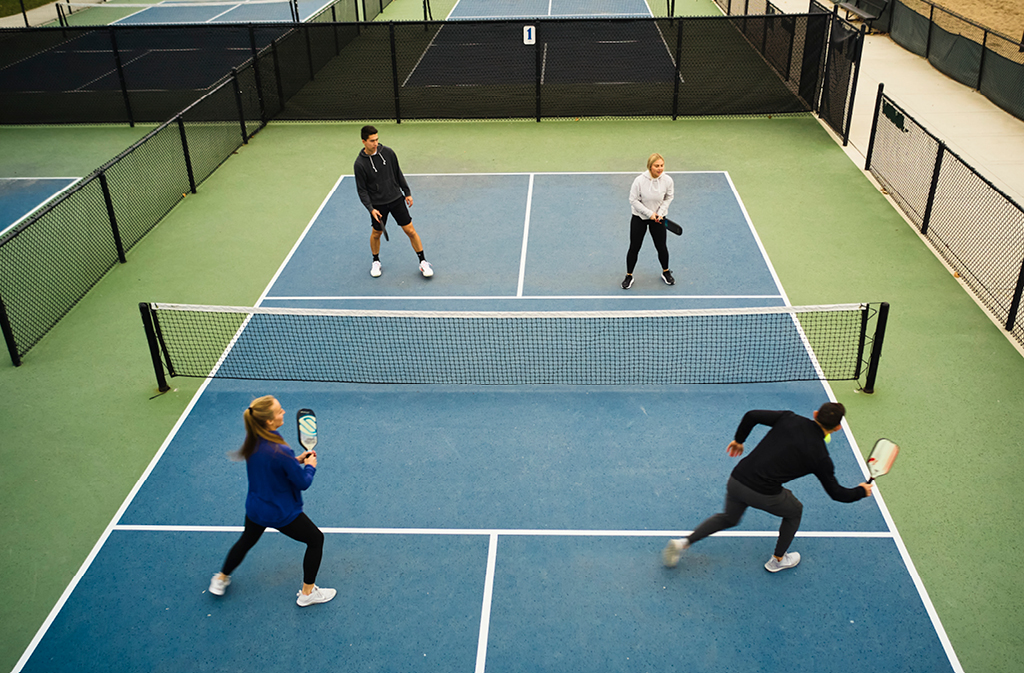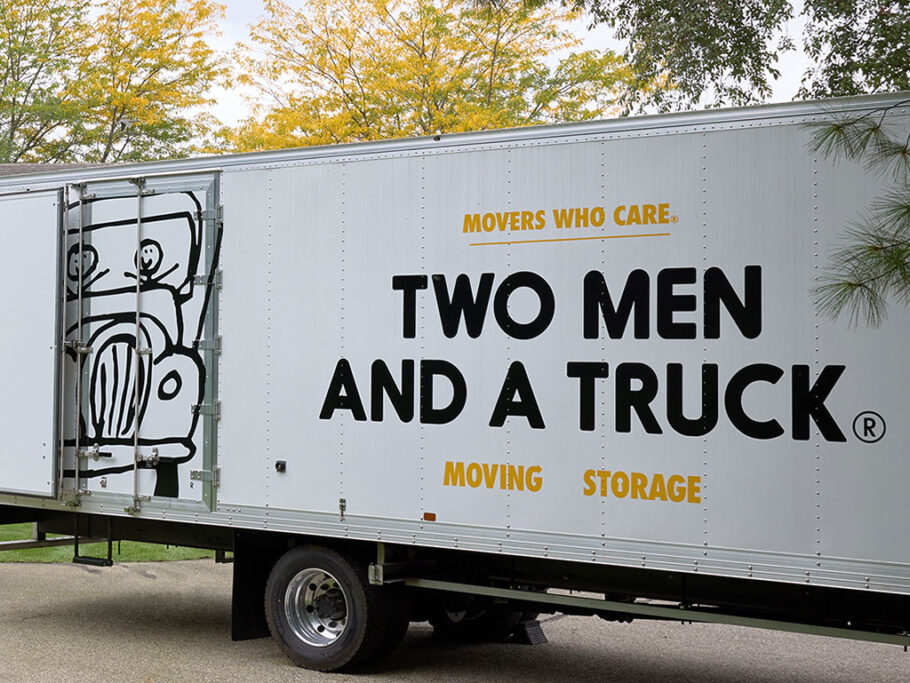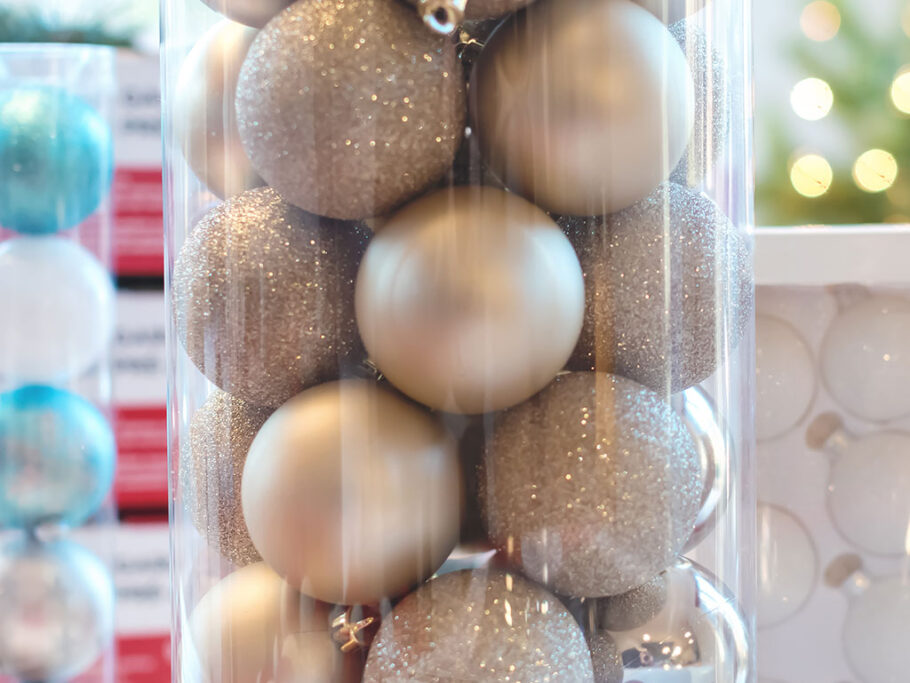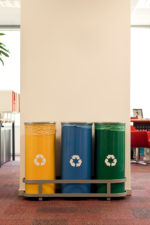It’s a Pickleball World
Pickleball’s inclusivity, accessibility, and fun have made it the fastest-growing sport in the united states, capturing the hearts of young and old alike.
“I never used to think I could be athletic.” When I was young, I wasn’t included in any of the sports, or I was picked last. But with pickleball, it’s about skill. And I have discovered I have pickleball skills. For the first time in my life, I felt included in sports and didn’t need to have a certain type of body or level of strength,” Mandy Phipps explains.
Phipps joined the ranks of countless enthusiasts in Seattle who have discovered pickleball, an activity that was officially declared the fastest-growing sport in the United States for the third consecutive year by the Sports and Fitness Industry Association. In fact, pickleball was dubbed the state sport of Washington in March 2022. And the number of courts in the Evergreen State has grown to keep up with demand, from only five courts five years ago to over three hundred. In Seattle, throngs of people can be seen on the courts in the Green Lake neighborhood, a short drive from Phipps’s apartment.

A new sport
Two friends, Joel Pritchard and Bill Bell, conceived the game in 1965 on Bainbridge Island in Washington State. Like many good inventions, it was born out of necessity. Upon returning from a round of golf, Pritchard and Bell found their families sitting around bored. When they couldn’t locate a full set of badminton rackets to use on the old badminton court, they made do with some ping-pong paddles and a Wiffle ball. After some trial and error, they eventually decided to lower the net to thirty-six inches. A third friend, Barney McCallum, joined them in creating the rules of the game. The first rulebook would be published almost twenty years later. By 1990, pickleball was being played in all fifty states. Today it has more than 36.5 million participants.
Its popularity is due in part to its accessibility across many age groups. Anyone can pick up a paddle and start playing. Phipps even describes it as active meditation, explaining, “You can be in the worst mood, and stepping onto a pickleball court feels like a hug. You can hear the wind in the trees and the sound of dinking [a soft and controlled shot designed to land in your opponent’s no-volley zone] back and forth, and it’s like you’re a part of something.” Ashley Houlihan, Phipps’s wife and frequent pickleball partner, has made a lot of friends on the pickleball court. “You may not know the person you’re playing with, but because they’re beside you, you become an instant team,” she says. “It’s very inclusive. Pickleball in Seattle is so welcoming—if two of us wanted to keep playing, people will offer to play doubles so everyone gets more playtime.”

What’s in a name
When it comes to the whimsical name of this sport, its origins depend on who you ask. Pritchard’s wife, Joan, referenced the pickle boat in the sport of crew, which was composed of the leftover oarsmen from other boats. But McCallum claimed the game was named after Pickles, the Pritchards’ dog.
Equipment
Pickleball is a cross between tennis, badminton, and ping-pong. The racket (known as a paddle) is smaller than a tennis racket but larger than a ping-pong paddle, and it can be made of various materials, such as wood, graphite, aluminum, polymer, and carbon fiber. The paddle is composed of a core material and a hitting surface material. Other considerations when choosing a paddle are grip size, weight, and shape. Paddles range in price from under $30 to a $220 JOOLA paddle created by Ben Johns, a pickleball pro who has won over eighty championships on the Professional Pickleball Association (PPA) tour in singles, doubles, and mixed competitions.
“Picklers” will also need to purchase pickleballs depending on where they are playing. Indoor balls have fewer but larger holes, which make them lighter and bouncier. Outdoor balls have more but smaller holes and tend to be heavier and more durable.

Pickleball 101
The pickleball court is the same size as a doubles badminton court and is painted similarly to a tennis court. There is a seven-foot nonvolley zone, affectionately known as the kitchen, so you might hear other players say, “Stay out of the kitchen.” Volleying means hitting the ball out of the air without letting it bounce, and you can’t do this while in the kitchen. All serving must be done at the baseline, and a serve has to bounce in your opponent’s court before they can return it. Similarly, the serving team must let the serve return bounce as well. This is known as the two-bounce rule.
Players score points while on the serving side, and scoring occurs when the opponent faults by not returning the ball, hitting it into the net, or hitting it out of bounds. The first side to score eleven points while leading by at least a two-point margin wins. Tournament games are sometimes played to fifteen or twenty-one.

Fun for all ages
The game has garnered a reputation for being a senior game, but if the growth stats from last year are any indication, it’s becoming wildly popular with younger players too. There are countless reasons it’s so appealing for older adults: it’s easy to learn, doesn’t require too much movement, and, because of the intimate court size, it encourages socializing, especially when played in doubles. Fifty-two percent of core players (those who play eight or more times a year) are fifty-five or older, which might be why injuries come into play. The most common are strains, sprains, and fractures. Though she’s only in her thirties, Houlihan tore her Achilles on the court and spent two months on crutches. Despite this, she insists she will be back on the court as soon as she can. “There’s nothing quite like the sound of a pickleball on a paddle—the dinking!” she exclaims.
Phipps agrees, declaring, “I don’t know how to describe the feeling of going to Green Lake and seeing a massive community of pickleball lovers dinking around. Pickleball just makes you feel good about yourself.”
For more info, visit usapickleball.org
































